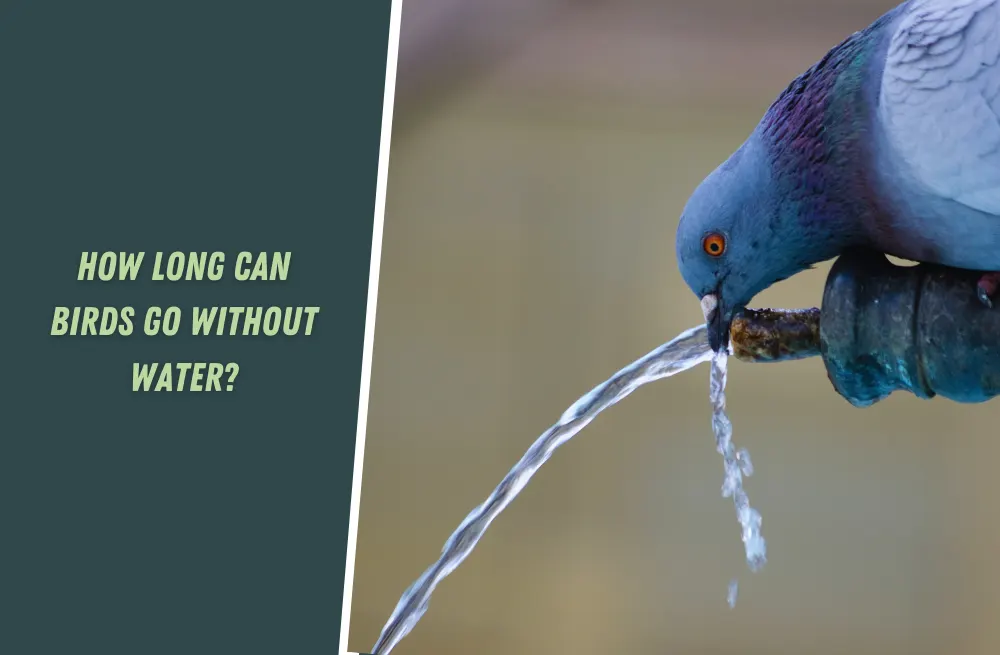Red-legged partridges (Alectoris rufa) are captivating birds known for their vibrant plumage and distinctive features. While both male and female partridges share similar characteristics, there are subtle yet intriguing differences that set them apart.
In this article, we will explore the distinctions between male and female red-legged partridges, delving into their physical traits, behavior, and roles within their species. Let’s dive into it!
What is the difference between male and female red legged partridge?
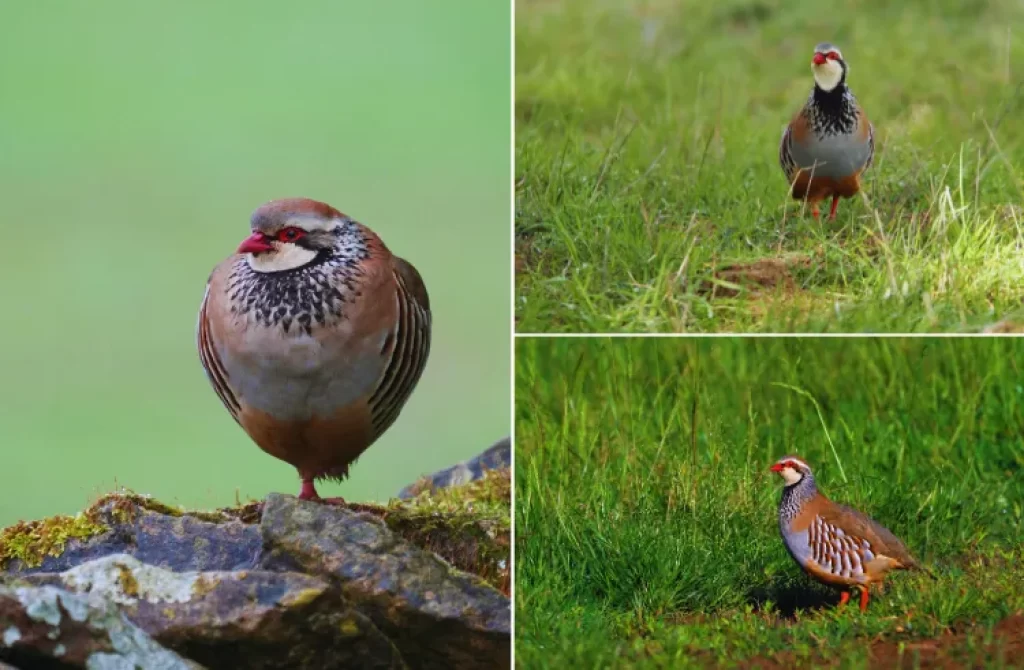
Male and female red-legged partridges (Alectoris rufa) display some distinct differences in their appearance. The male partridges generally exhibit more vibrant and striking plumage compared to the females.
Males have a reddish-brown coloration on their heads, necks, and upper bodies, adorned with bold black bars and patches. They also possess a prominent red eye ring and a reddish bill. In contrast, females have a more subdued and mottled brown plumage, providing better camouflage for nesting purposes.
While both genders share similar body shapes and sizes, the striking differences in their plumage make it relatively easy to differentiate between male and female red-legged partridges.
in this section you will find everything you need to know about the difference between male and female red legged partridge. Let’s take a closer look at what sets them apart:
Male Red-Legged Partridges
The males are truly eye-catching with their vibrant and flamboyant plumage. They flaunt a striking combination of chestnut, brown, and black feathers, adorned with intricate patterns.
Their colors are more pronounced and intense compared to the females, making them stand out in the avian world. These dapper gentlemen have larger and more robust bodies, boasting a broad chest and longer legs that add to their confident and commanding presence.
During the mating season, male red-legged partridges engage in elaborate courtship displays to woo potential mates.
They puff up their feathers, spread their wings, and perform energetic dances to impress the females. These displays serve as visual demonstrations of their fitness and genetic quality, helping them establish dominance and win the hearts of their chosen partners.
Female Red-Legged Partridges
The females, on the other hand, possess a more understated and camouflaged appearance. Their plumage consists of various shades of brown, providing effective blending into their natural habitats. This subtle coloration helps them stay hidden from predators and protect their nests and young.
In terms of size, females are slightly smaller and have a more streamlined physique, allowing them to navigate through vegetation and nest inconspicuously on the ground.
They play a significant role in nest-building and incubation, constructing nests using leaves, twigs, and feathers. Once the eggs are laid, the females diligently incubate them, ensuring the proper warmth and protection needed for their development.
Both male and female red-legged partridges contribute to the care and protection of their offspring. While the female remains primarily responsible for incubation, the male actively defends the nesting territory.
After hatching, both parents actively participate in caring for the chicks, guiding them to find food, teaching important survival skills, and providing protection from predators.
How can you tell if a partridge is male or female?
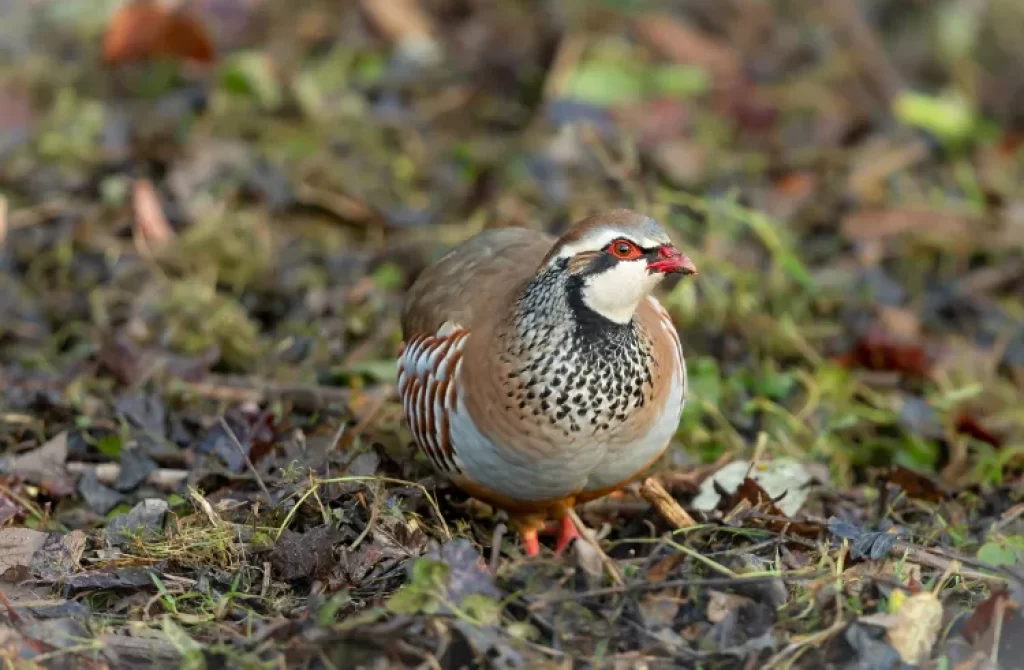
Determining the sex of a partridge can be quite a challenge, as they don’t flaunt obvious physical differences like some other bird species. However, there are some subtle clues and behaviors that can help us tell males and females apart.
One way to identify the sex of a partridge is by looking at their plumage. In many species, male partridges boast more striking and vibrant colors compared to their female counterparts.
These colorful feathers play a crucial role during courtship, as males use them to attract the attention of females. So, if you spot a partridge with flashy red, brown, or chestnut hues, it’s likely a male. On the other hand, females often exhibit more understated or camouflaged plumage to blend in with their surroundings.
Size can also provide a hint about the sex of a partridge, although the difference may be subtle. In some species, males tend to be slightly larger than females. It may require a keen eye and direct comparison to notice this disparity in size.
Another way to distinguish between male and female partridges is by observing their behavior, particularly during the breeding season. Males put on quite a show to impress females.
They may engage in elaborate courtship displays, such as fluffing up their feathers, making distinctive calls, and even engaging in dominance contests with other males. Keep an eye out for these attention-grabbing behaviors, as they can give away the gender of the partridge.
Just remember that these characteristics and behaviors can vary between different species of partridges. So, if you’re unsure, it’s always a good idea to consult bird identification resources or seek advice from experienced birdwatchers or ornithologists who can provide insights specific to the species you’re observing.
What Colour are partridge eggs?
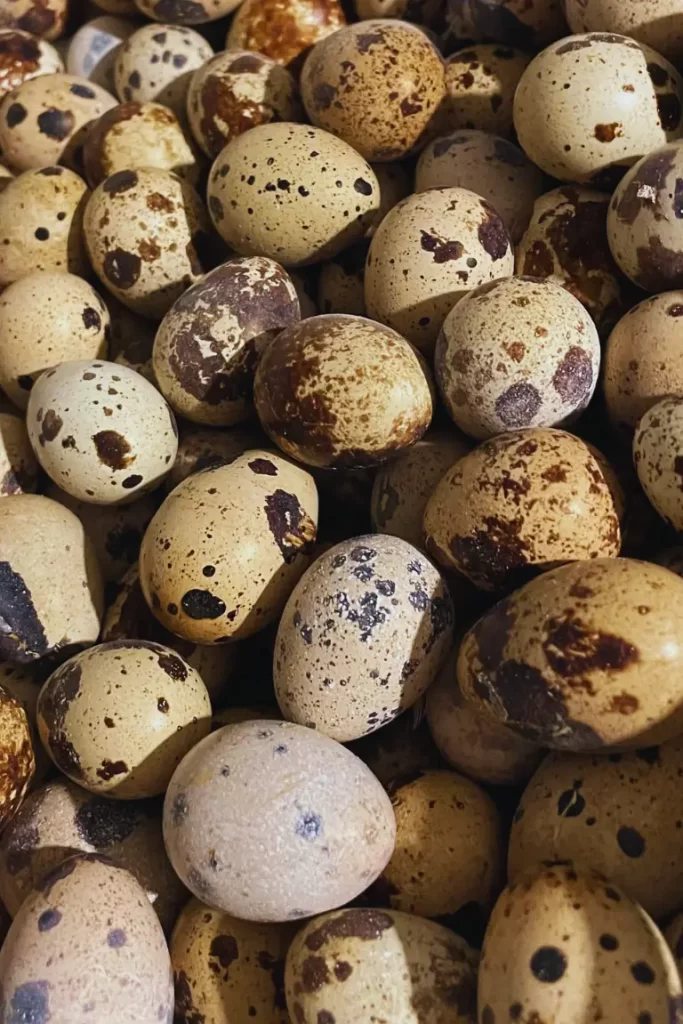
Partridge eggs are typically a creamy or light brown color with speckles or markings. The exact color and pattern can vary depending on the species of partridge and individual variation.
The speckles on the eggs often serve as a camouflage, blending in with the surrounding environment to provide some level of protection from potential predators.
The color and markings of partridge eggs add to their beauty and uniqueness, reflecting the diversity found in the avian world.
What is the difference between a chukar and a red-legged partridge?
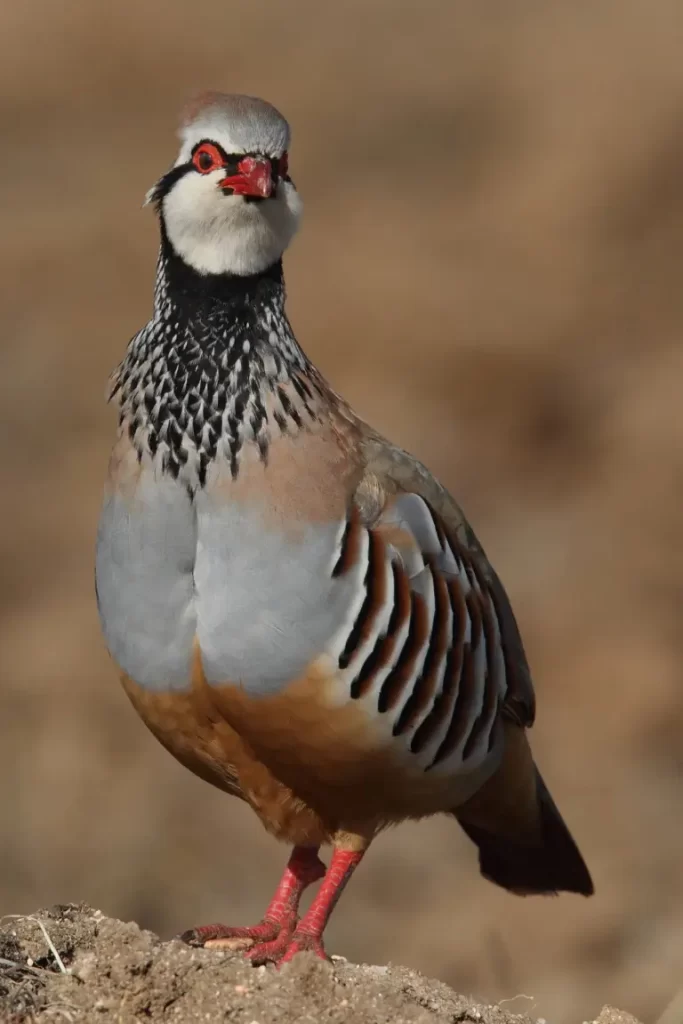
The chukar (Alectoris chukar) and the red-legged partridge (Alectoris rufa) are both species of partridges and share many similarities in terms of their appearance and behavior. However, there are some key differences that set them apart.
Physical Appearance
The chukar is slightly smaller than the red-legged partridge, measuring around 32-35 centimeters in length, while the red-legged partridge is typically 34-36 centimeters long.
In terms of plumage, the chukar has a distinct pattern of gray and brown feathers with a black band across its chest, while the red-legged partridge has a more vibrant appearance with reddish-brown plumage and a red bill and legs.
Habitat and Distribution
Chukars are native to the rocky terrains and arid regions of Eurasia and parts of Asia, including the Middle East and the Himalayas.
They have also been introduced to various countries for hunting purposes. On the other hand, red-legged partridges are native to Western Europe and are commonly found in agricultural areas, open fields, and scrublands.
Vocalizations
Chukars are known for their distinctive call, a repetitive and melodious “chuk-chuk-chuk,” which can be heard during their courtship displays and territorial communication. Red-legged partridges, on the other hand, produce a variety of vocalizations, including raspy calls and whistles, particularly during the breeding season.
Behavior and Adaptability
Chukars are known for their agility and ability to navigate rocky terrains, while red-legged partridges are more adapted to agricultural landscapes. Chukars are also more inclined to take flight when faced with danger, while red-legged partridges tend to rely on their running and hiding abilities.
Despite these differences, both chukars and red-legged partridges are fascinating birds with their unique characteristics and are appreciated by bird enthusiasts and hunters alike for their beauty and challenging hunting opportunities.
Conclusion
Understanding the differences between male and female red-legged partridges allows us to appreciate the intricacies of their biology and behavior.
While males showcase flamboyant plumage and engage in elaborate displays, females exhibit grace and dedication in their reproductive roles. Together, they contribute to the vitality and beauty of the red-legged partridge species, showcasing the remarkable diversity found in the avian world.






